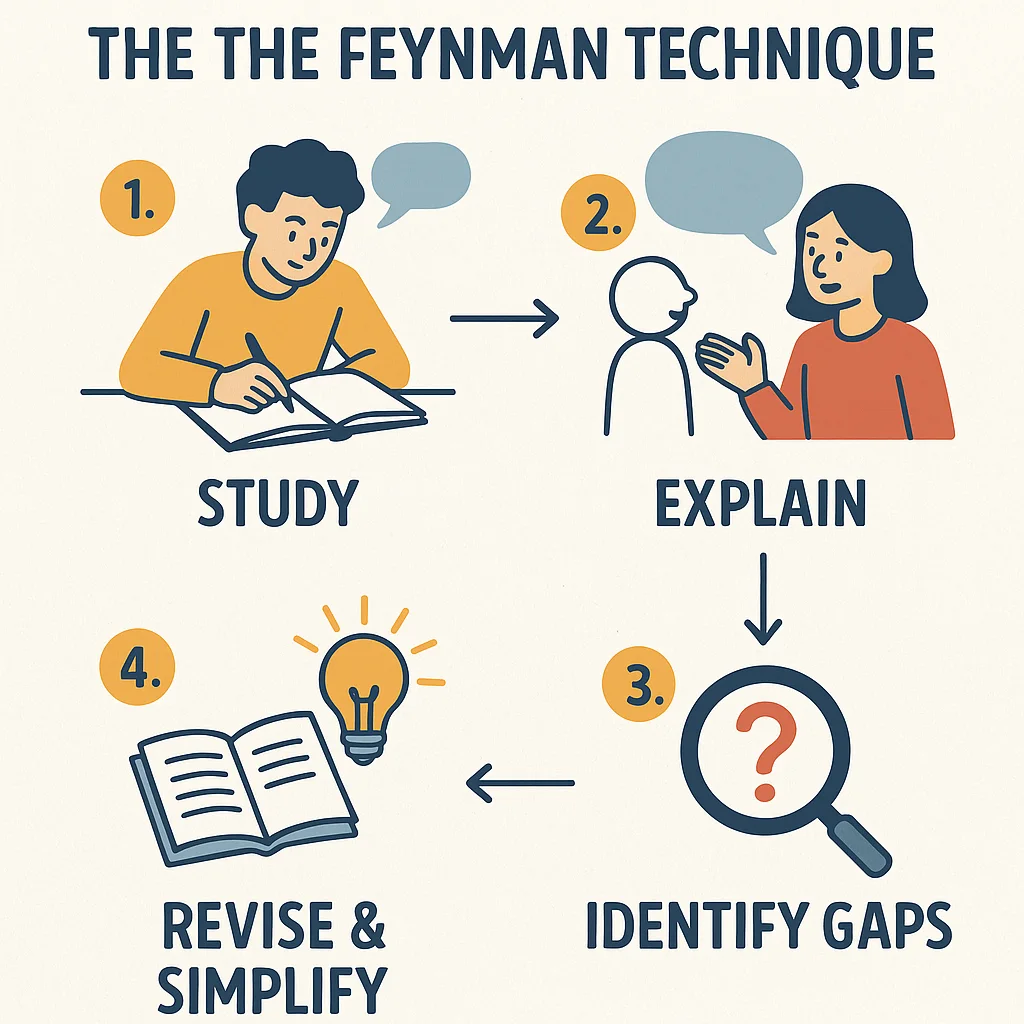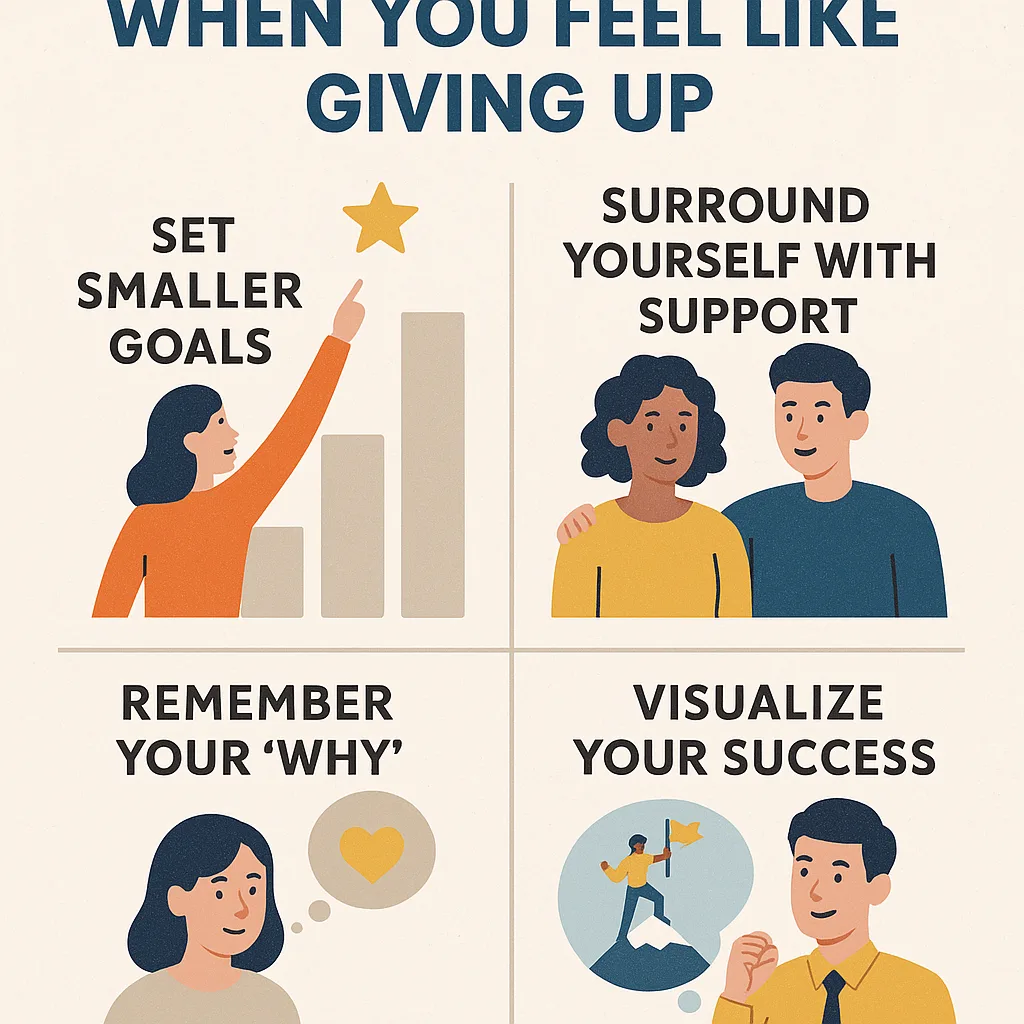Being able to learn quickly and efficiently is one of the most important skills you can acquire in a world that values speed and adaptability. One approach sticks out for its simplicity, efficacy, and results supported by science, whether you're attempting to learn a new language, comprehend cryptocurrencies, learn to code, or comprehend intricate scientific theories—the Feynman Technique.
By simplifying ideas as though you were teaching them to someone else, this learning method—named for Nobel Prize-winning physicist Richard Feynman—assists you in deconstructing and comprehending them thoroughly. It is a tool for mastery rather than merely a memory aid.
This blog will explain the Feynman Technique's operation, its potency, and how to use it to pick up any skill more quickly than with conventional approaches.
Who Was Richard Feynman?
In addition to his seminal contributions to quantum electrodynamics, theoretical physicist Richard Feynman was renowned for his remarkable ability to simplify difficult subjects.
He thought that you couldn't really understand something if you couldn't explain it simply. This realization served as the basis for the teaching-learning approach that is now known as the Feynman Technique.
Why Traditional Learning Fails
The majority of people learn passively by underlining textbooks, going over notes again, or watching tutorials in one sitting. Despite their apparent productivity, these are frequently shallow and ineffective. This is due to:
-
You’re recognizing information, not recalling it.
-
You mistake familiarity with understanding.
-
You don’t actively test your comprehension.
By making your brain actively retrieve, simplify, and reinforce ideas in your own words, the Feynman Technique addresses these issues.
What Is the Feynman Technique?
A four-step learning process called the Feynman Technique aids in the comprehension, simplification, and mastery of difficult concepts. It can be applied to almost any subject, including programming, physics, and finance.
🔍 Step 1: Choose a Concept You Want to Learn
Pick a topic you want to understand better. This could be:
-
"How Bitcoin works"
-
"The fundamentals of calculus"
-
"What is machine learning?"
-
"How to play guitar chords"
-
"Basics of public speaking"
The key is to narrow your focus to a specific idea rather than a broad subject.
Action tip: Write the topic at the top of a blank page.
✍️ Step 2: Teach It to a 12-Year-Old (or Yourself)
Jot down your understanding of the idea as though you were describing it to a child or someone with no prior knowledge. Make use of examples, analogies, and straightforward language.
Avoid jargon. If you must use a technical term, define it clearly.
You probably don't fully understand something if you can't explain it in plain terms, so this process helps you identify your knowledge gaps.
Pro tip: Actually try explaining it aloud or write it like a blog post or journal entry.
🔁 Step 3: Identify Gaps and Review
As you attempt to teach the concept, you’ll quickly realize where your understanding falls short.
Perhaps you have trouble remembering why a step is important or you fumble when describing a formula. That's fortunate! Real learning takes place precisely in these gaps.
Review the sections you were unable to adequately explain by going back to your original sources, which may include books, videos, and mentors. Try to actively comprehend and rephrase the concepts in your own words rather than merely rereading.
🔄 Step 4: Simplify and Refine Again
Return to your explanation and revise it in a more straightforward manner. Any complicated phrases should be changed. To make it easier to understand, use metaphors, analogies, or illustrations.
You should now be able to:
-
Explain it in a few concise sentences.
-
Teach it confidently to someone else.
-
Apply the knowledge in real-life scenarios or problem-solving.
Remember: Mastery = Simplicity + Confidence + Application.
Example: Using Feynman Technique to Learn "Blockchain"
Step 1: Choose a Concept
Topic: How blockchain works
Step 2: Teach It Simply
"A blockchain functions similarly to a publicly accessible digital notebook. A new page is created each time something occurs, such as sending Bitcoin. Everybody has a copy, and once it is in writing, it cannot be removed. In this manner, everyone is in agreement about what transpired, and cheating is impossible.
Step 3: Identify Gaps
What makes it secure? What is mining? How are blocks added? Go back to the source and fill in those details.
Step 4: Refine
Now explain again:
"A list of transactions is contained in each block of a blockchain, which is a decentralized ledger. Everybody on the network has a copy of these blocks, which are connected in the correct order. Complex puzzles (proof of work) are used to verify transactions, which makes them safe and impenetrable.
How the Feynman Technique Helps You Learn Faster
✅ Forces Active Recall
Rather than passively reading, you’re retrieving knowledge from your memory—strengthening neural pathways.
✅ Deepens Understanding
You can’t fake your way through an explanation. If you can teach it simply, you own it.
✅ Highlights Gaps Instantly
Instead of realizing a weakness during an exam or presentation, you discover and fix it during your learning process.
✅ Improves Retention
Putting concepts in your own words boosts long-term memory, making it easier to retrieve later.
✅ Builds Confidence
When you can explain a concept clearly, you feel more confident applying it in real life.
How to Build a Learning Habit with Feynman
Here’s how you can incorporate this technique into a daily or weekly routine:
-
Create a “Feynman Journal”
Use a notebook or app (like Notion or Evernote) to regularly break down new topics you're studying. -
Teach a Friend or Record Yourself
Nothing reinforces knowledge like live teaching—or talking through a concept while recording yourself. -
Use Flashcards + Explanations
Write questions on one side and explanations on the other. Then explain your answer aloud before flipping. -
Join Study Groups
Take turns explaining concepts to each other. You’ll learn faster by teaching.
Bonus Tip: Combine Feynman with Spaced Repetition
Although the Feynman Technique is effective on its own, it is even more effective when used in conjunction with spaced repetition, which involves reviewing material at progressively longer intervals.
Apps like Anki can help you review your self-written explanations regularly so the knowledge sticks for the long term.
Common Mistakes to Avoid
🚫 Skipping the “teach it out loud” step
Internal thinking isn’t enough. Speak or write it clearly to catch weaknesses.
🚫 Using fancy words
Using jargon might feel impressive, but it clouds understanding.
🚫 Trying to learn too many concepts at once
Focus on one specific topic per session for best results.
Final Thoughts: Learning Is a Skill
The Feynman Technique serves as a reminder that learning is about understanding rather than memorization. The ability to explain and simplify what you know is more important than ever in a world where people are overloaded with information.
This approach can help you advance more quickly and gain more confidence, whether you're studying for an exam, taking up a new hobby, or changing careers.
So the next time you want to learn something new, don’t just read it—Feynman it.




Leave a Reply